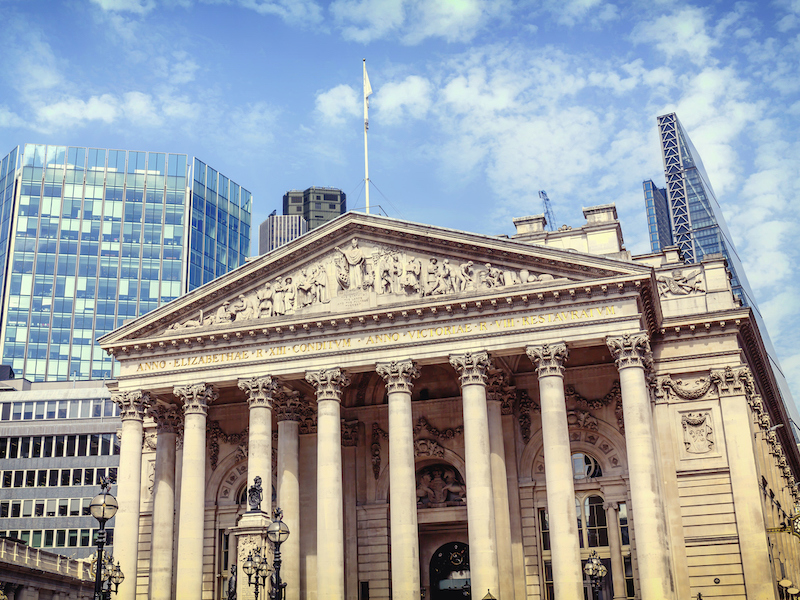
The Bank of England kept borrowing rates unchanged Thursday despite mounting worries over the state of the British economy, and it showed little sign that it is contemplating cutting them anytime soon — unlike the U.S. Federal Reserve.
The central bank left its main interest rate at a 15-year high of 5.25%, where it has stood since August following the end of nearly two years of hikes.
Six of the nine members of the Monetary Policy Committee voted to keep rates on hold while three wanted a quarter-point hike — a clear signal to the markets that rate cuts are not on the agenda yet.
That was backed up by bank Gov. Andrew Bailey, who said in a statement that interest rate policy would likely have to remain “restrictive for an extended period of time.”
The Bank of England has managed to get inflation down from a four-decade high of over 11% — but there’s still a ways to go for it to get back to the bank’s 2% target.
Inflation, as measured by the consumer price index, stood at 4.6% in the year to October, clearly still too high for comfort.
“We’ve come a long way this year … but there is still some way to go,” Bailey said.
The bank’s decision to hold rates follows two years of hikes that targeted a surge in inflation, first stoked by supply chain issues during the coronavirus pandemic and then Russia’s invasion of Ukraine, which pushed up food and energy costs.
While the interest rate increases have helped in the battle against inflation, the squeeze on consumer spending, primarily through higher mortgage rates, has weighed on growth in the British economy. There are growing worries that rates will stay high for too long, unnecessarily damaging the economy.
“With inflation trending downwards and the economy at risk of recession, the case for interest rate cuts is likely to grow over the coming months,” said Suren Thiru, economics director at the Institute of Chartered Accountants in England and Wales.
The U.S. Fed already has signaled that it expects to make three interest rate cuts next year after it kept rates on hold Wednesday. The European Central Bank, which sets policy for the 20 European Union countries using the euro currency, also left rates unchanged but indicated, like the Bank of England, that it would stay the course for a while.
Those different stances were evident in the performance of the British pound as investors priced in the likelihood of more imminent cuts from the Fed, which would reduce relative returns for holders of the dollar. The pound was up by a full cent at $1.2750 and unchanged against the euro.
However soon the Bank of England decides to cut rates, it’s very likely that high borrowing rates and low economic growth will be the backdrop for next year’s general election. That’s hardly ideal for the governing Conservative Party, which opinion polls say is way behind the main opposition Labour Party.